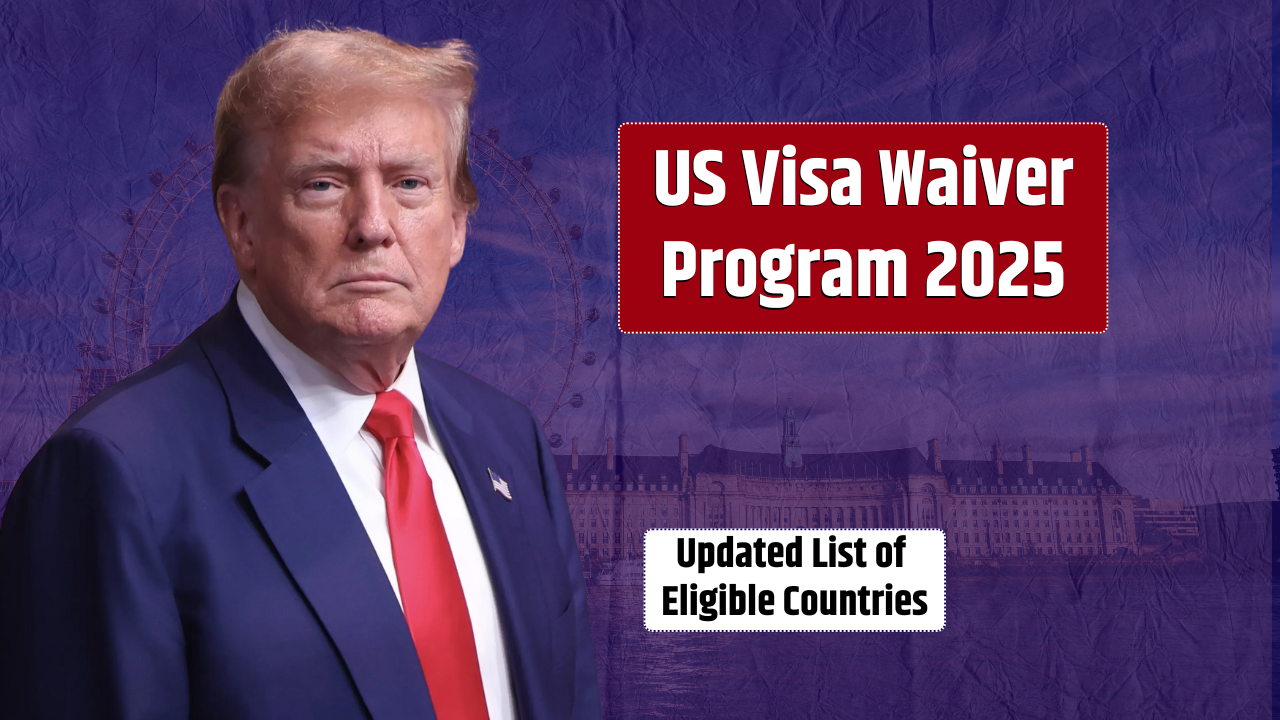As global transportation networks become increasingly connected, the infrastructure supporting them is more critical—and more vulnerable—than ever before. From highways and railways to digital traffic systems and supply chain logistics, modern mobility relies on a complex web of physical and digital arteries. Securing these systems is not just a matter of safety; it’s essential for economic stability, national security, and public trust.
Table of Contents
The Backbone of Modern Economies
Transportation systems are the backbone of global commerce. Every product that ends up in a consumer’s hands has likely traveled across multiple jurisdictions via trucks, trains, ships, or planes. According to the U.S. Department of Transportation, the freight transportation system alone moves over 50 million tons of goods worth more than $50 billion daily in the U.S. Securing this network ensures uninterrupted trade, reliable supply chains, and national economic resilience.
Emerging Threats to Transportation Infrastructure
As mobility infrastructure becomes more digitally integrated, it’s exposed to a new class of threats. Cyberattacks, ransomware, and data breaches can disrupt air traffic control systems, port logistics, and intelligent traffic systems. Physical vulnerabilities also remain—from sabotage and natural disasters to aging infrastructure under strain from rising usage and climate change.
Here’s a quick look at key threat vectors:
| Threat Type | Description | Potential Impact |
|---|---|---|
| Cyberattacks | Hacks targeting digital traffic systems, control centers | Traffic chaos, economic loss, safety risks |
| Infrastructure Decay | Aging bridges, roads, and tunnels lacking timely upgrades | Increased accidents, transit delays |
| Climate Disasters | Flooding, wildfires, and extreme weather | Service interruptions, asset destruction |
| Terrorism & Sabotage | Deliberate physical damage to critical systems | Widespread panic, loss of life, economic costs |
Building Resilience Through Smart Investment
To defend the arteries of mobility, governments and private sectors must invest in both physical upgrades and digital fortification. That means not only repairing crumbling roads and bridges but also securing networked traffic systems and logistics software from malicious actors.
Public-private partnerships (PPPs) are gaining traction as effective mechanisms to fund and operate these upgrades. The Infrastructure Investment and Jobs Act (IIJA), passed in the U.S. in 2021, allocated $1.2 trillion to modernize roads, bridges, railways, and broadband—laying the groundwork for a safer and more resilient mobility ecosystem.
The Role of Technology in Securing Mobility
Emerging technologies like AI, machine learning, and blockchain are now being deployed to improve monitoring, maintenance, and operational security across transportation systems. For example:
- Predictive maintenance powered by AI helps identify failing infrastructure before it breaks.
- Blockchain-based logistics systems improve transparency and security in global supply chains.
- Smart traffic systems dynamically adjust to real-time conditions to reduce congestion and improve emergency response.
Global Cooperation and Policy Reform
Securing modern mobility isn’t just a national issue—it’s global. International shipping lanes, cross-border trucking, and air travel demand coordinated regulations and response strategies. Global bodies like the International Maritime Organization and the International Civil Aviation Organization play a vital role in standardizing security practices across borders.
Moreover, transportation security must also prioritize sustainability. Investment in cleaner, greener infrastructure supports not only resilience but also environmental goals. This dual mission ensures that the future of mobility is both secure and sustainable.
At this critical crossroads, the challenge is clear: invest wisely, act decisively, and secure the systems that keep the world moving.
FAQs
Why is transportation infrastructure considered a critical asset?
Because it supports national security, economic activity, and everyday mobility for citizens.
What makes modern transportation systems more vulnerable today?
The integration of digital technology introduces new cyber risks, and aging physical systems can fail under stress or attack.
What role does the private sector play in transportation security?
Through PPPs, private companies help fund, build, and manage infrastructure with incentives for efficiency and innovation.
How can AI help secure mobility infrastructure?
AI enables predictive maintenance, real-time traffic monitoring, and threat detection—making infrastructure smarter and more responsive.
What is the IIJA and why does it matter?
The Infrastructure Investment and Jobs Act is a major U.S. legislative package that provides funding to modernize and secure key infrastructure systems.














